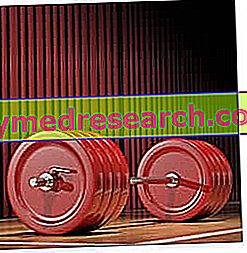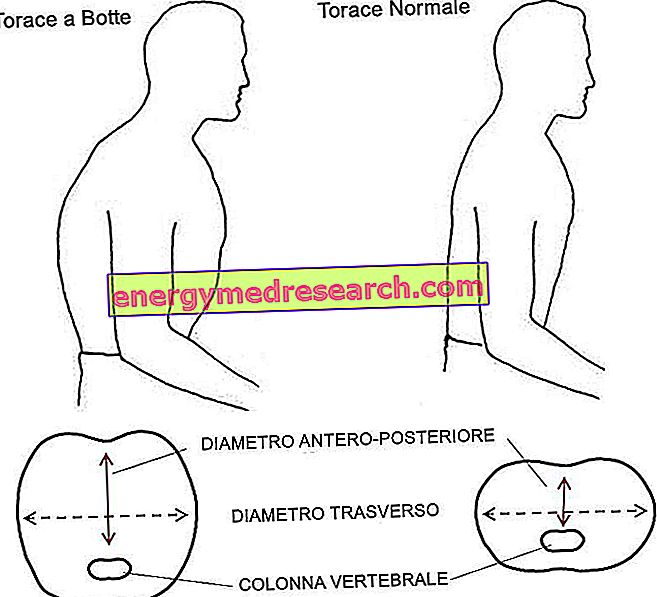By Dr. Dario Mirra
Introduction
Bodybuilding has a wealth of methods, theories and exercises, of a monstrous volume of knowledge.

Why high repetitions
Taking advantage of exercises belonging to Weightlifiting and Powerlifting with a high number of repetitions is one of these theories. These two disciplines, belonging as well as Bodybuilding to the Weightlifting category, use exercises such as tearing and momentum for Weightlifting, and Squats, Benches and Deadlift for Powerlifting.
The exercises belonging to Weightlifting, are called power lifts, as they move high loads very quickly. Everyone knows the formula
P = F x V
Where power is given by the product of strength for speed, a parameter found in this sport and in its two exercises, one of the greatest correspondences with this physical quality.
Powerlifting, on the other hand, uses what are called force lifts, as this physiological capacity is used, and its maximum expression, to perform such lifts.
These risers, whether belonging to Weightlifting or Powerlfiting, have three aspects to maximize:
- Energy aspects.
- Muscle aspects.
- Technical aspects.
As for the first two, they are peculiar to every sport, for example if I run a flat bench, it will not work on strength regardless, as a bench press, but the parameter I will act on will depend on the working time, from the recovery, from the number of repetitions.
The technique, instead, is given by an optimization from a coordinative point of view of the gesture, which should always be the same, whether one hundred repetitions or one is performed.
Obviously this is theoretical, because the technique, even if perfect, as repetitions increase will start to get a little dirty.
It is easy to see good level Powerlifters trying their hand at a Back Squat with five repetitions, filming them and noting that all five performances are perfectly equal and superimposable on the previous ones.
But surely the average user of a fitness center, as well as a good Bodybuilder, will not have this feature, for obvious reasons, as a perfect gesture presupposes years of work under the supervision of expert eyes. Second, perhaps such a qualitative exasperation, for an average person who trains is a little excessive. In the third hypothesis, it is easy to see how complex, multi-joint exercises put different chains of muscles into play. Muscles of different sizes, therefore of different strength, with a composition of fibers for some, more of type I, for others of type II.
How can you perform a detachment from the ground, for example with twenty repetitions, and perhaps expect an equal yield and the same yield time, when comparing the quadriceps muscles, and eventually the rhomboid muscles?
And let's think about what can happen in a similar way when you perform a tear with a high number of repetitions, in which the different muscles should work at maximum speed and with a fluidity of dynamic, isometric contractions and decontractions, which certainly cannot occur when fatigue begins to accumulate due to the high number of lifts per series.
Furthermore, performing these exercises in this highly repetitive mode could create an alteration of the coordination pattern, with a possible decline in performance when using such exercises and methods as a means of physical preparation for a particular sport, for example rugby, l athletics, etc ...
Conclusions
Using multi-joint exercises with a high number of repetitions based on the above is a methodology that should be used sparingly, keeping in mind what needs to be done, the responses to such a training stimulus, the adaptations it creates, and its applicability to the concrete case, whether it is the average user of a fitness center, an experienced bodybuilder, or an athlete who needs to improve any parameter of his performance.



